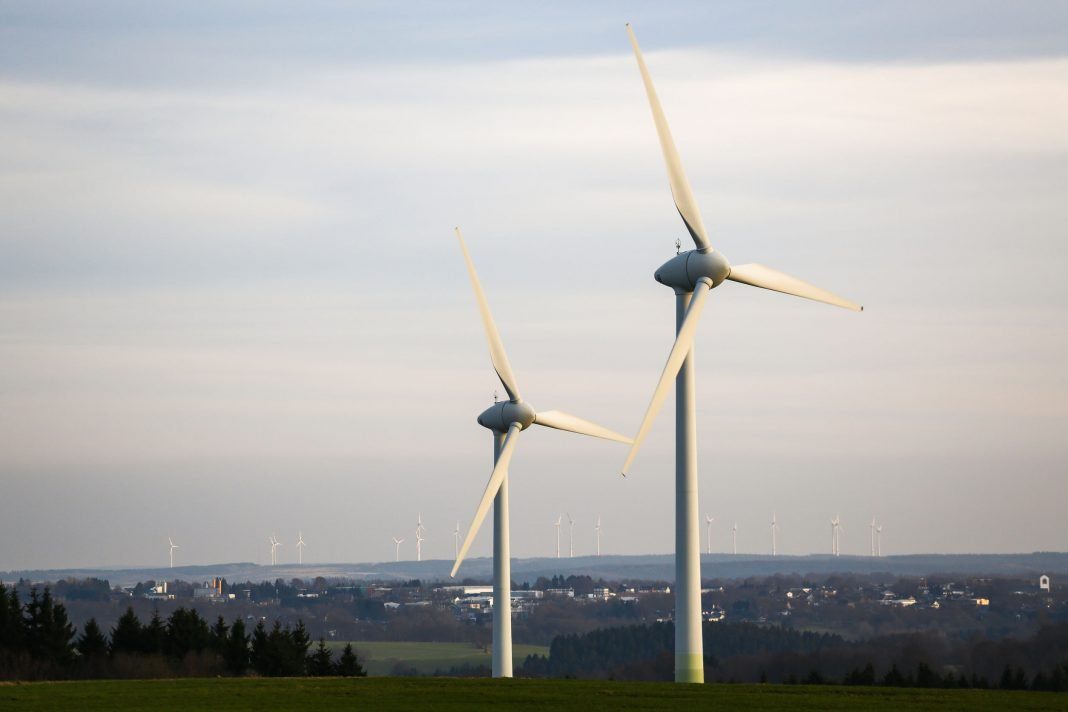The announcement earlier this month of a proposed 75% increase in ZESCO’s electricity prices has prompted a number of critical reactions.
They include criticism from the African Consumers Union and the Millers Association of Zambia, with the latter arguing that the tariff hikes will push up the cost of production for millers, and increase mealie-meal prices.
Dr Richard Mbewe, financial analyst and management consultant, has said in an article in the Sunday Times of Zambia (April 9, 2017), that the proposed increase would have a ripple effect in the economy: “everything whose production involves electricity will see its price go up”. While acknowledging the need to invest in new energy infrastructure, he said the “whole Zambian electricity system” needs an overhaul, from generation and transmission to distribution. He said Zesco was a monopoly, and that “its business model in its current form is a failure”.
Whilst the stated rationale for the tariff increases is to permit investment in new power infrastructure, it is also no secret that ZESCO is struggling financially and needs money urgently.
The question therefore arises: given the clearly political dimension of keeping cash-strapped ZESCO afloat, how much room is there for politics in tariff-setting? While tariffs have been used in certain countries to achieve political objectives – e.g.: to fund the electrification of rural communities – the question remains: how far can governments go before this becomes counterproductive and starts to damage the economy?
A country which sheds interesting light on this question is Germany. There, the political objective of forcibly pursuing “green” energy, resulting in cripplingly high power tariffs, has damaged the world’s fourth-largest economy. Prominent German multinationals – such as BMW, Siemens and BASF – have reacted to the tariff increases by relocating new manufacturing investments worth billions of dollars to the USA, where energy tariffs are several times lower.
According to a recent study by the strategic analysis firm IHS, Germany’s high energy prices relative to its five leading trade partners cost its manufacturing sector €52 billion in net export losses between 2008 and 2013. “Energy prices are a key component of Germany’s competitiveness. Rising electricity prices in Germany – and strikingly lower electricity prices in North America – are making German products less competitive and forcing firms to relocate to other countries, a problem known as ‘investment leakage’.”

Households have been hard-hit too, with energy costs running nearly 50% above the European average. Government figures show that nearly 7 million German households live in energy poverty, defined as spending more than 10% of their income on energy; some 350 000 households have had their power cut off.
American business magazine, Forbes, speaks of Germany’s “green energy disaster”, and calls it “a cautionary tale for world leaders”.
Cripplingly high power costs have caused an exodus of new investment
Here in Zambia, we may wonder what lessons Germany’s energy policy could possibly hold for our own power sector. After all, the two countries have vastly different economies and levels of wealth, and face very different development challenges.
However, that would be to overlook two striking similarities. Both countries are very export-dependent, with their economies highly sensitive to any change in their global competitive position; and both countries rely heavily on investment to drive their export industries, generate foreign earnings, and produce economic growth and employment.
Another similarity is that both countries are using energy tariffs in pursuit of distinctly political goals – to forcibly move to green energy as quickly as possible in the case of Germany; and to help an inefficient, cash-strapped utility to stay afloat in the case of Zambia.
The German experience shows there is a limit to how far tariffs can be used to achieve political ends. If tariff increases are reasonable and can be absorbed by consumers without negative consequences, the political objectives can still be achieved. However, if tariffs become so high that they end up divorced from economic reality, then the consequences – both political and economic – can be serious.
Unsustainably high power tariffs have devastating consequences on the economic and social fabric of a nation. If an economy as powerful, wealthy and diversified as Germany’s can be affected so seriously by high electricity costs, one can only imagine how much more they would affect an economy as small, fragile and undiversified as Zambia’s.
When billions of dollars of new industrial investment are diverted from Germany to the USA in quest of cheaper power, the strong German economy continues to grow, albeit at a lesser pace.
However, if billions of dollars in new mining and industrial ventures, say, were suddenly diverted from Zambia to other countries because power costs were too high, it could choke off future growth and ultimately cripple an already fragile economy.
Mining, in particular, would be hard-it. Mines cannot consume less power without damaging their operations, as reduced production means relatively higher fixed-cost overheads. They would, therefore, have no option but to absorb any unsustainably high power costs. This would necessarily lead to cost-cutting in other business areas, or if there was no further room for manoeuvre, the possibility of moving unviable operations to ‘care and maintenance’.
The German experience is a salutary reminder of the importance of well-thought-out reform of the Zambian power sector, with a proper balance between political and economic objectives. Ultimately, a country’s energy policy should first and foremost be aimed at providing abundant, competitively priced energy that keeps businesses and households functioning smoothly, and ensures sustained economic growth.
See also: ZESCO in the spotlight as reform looms


























